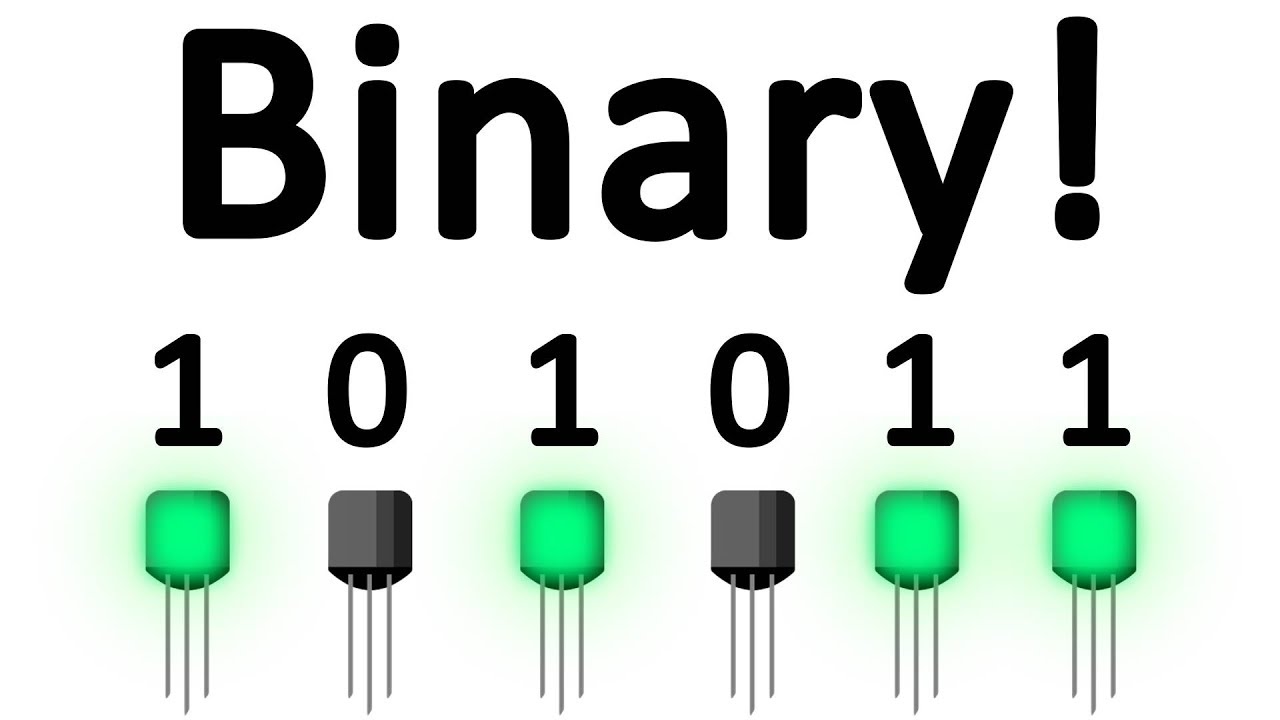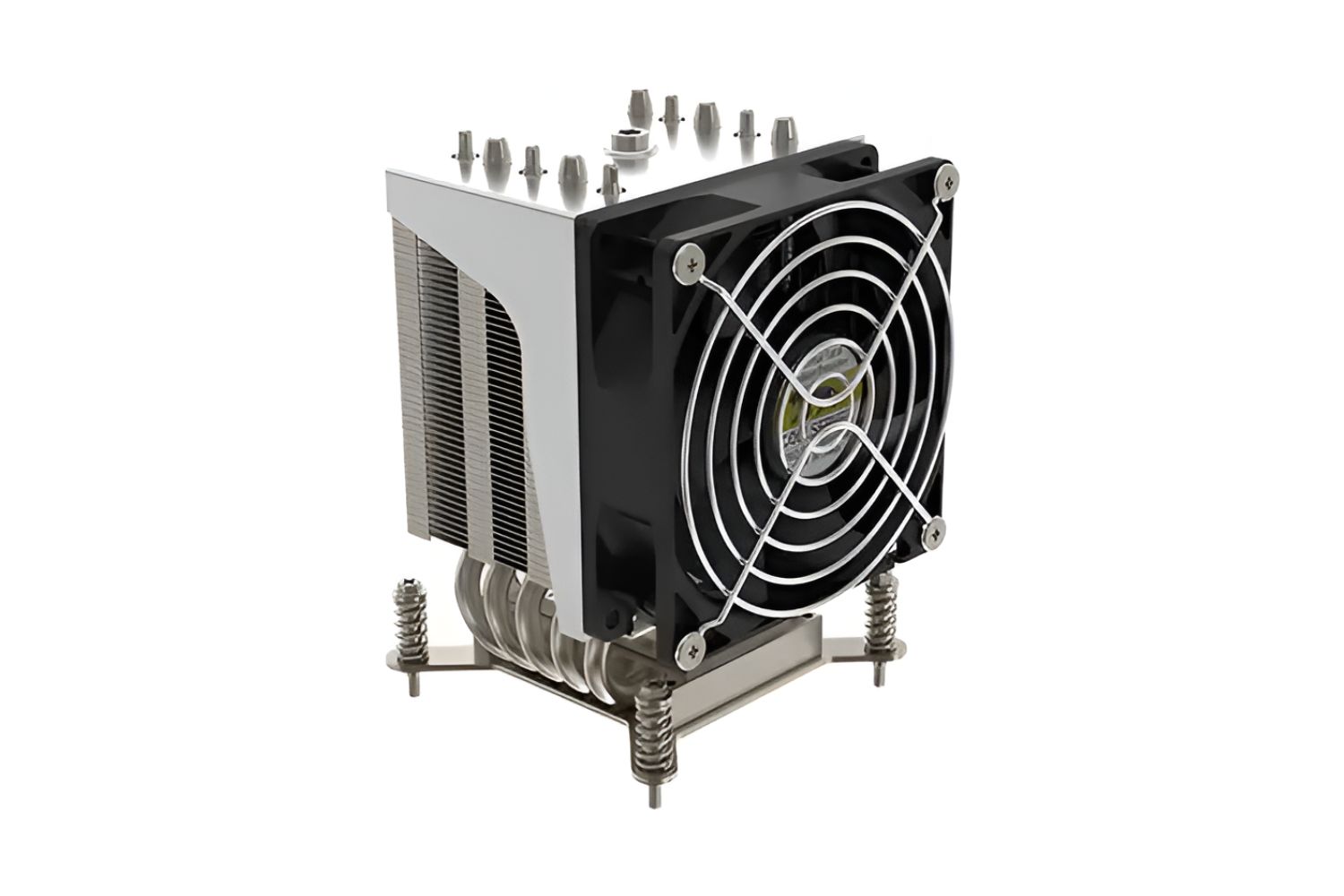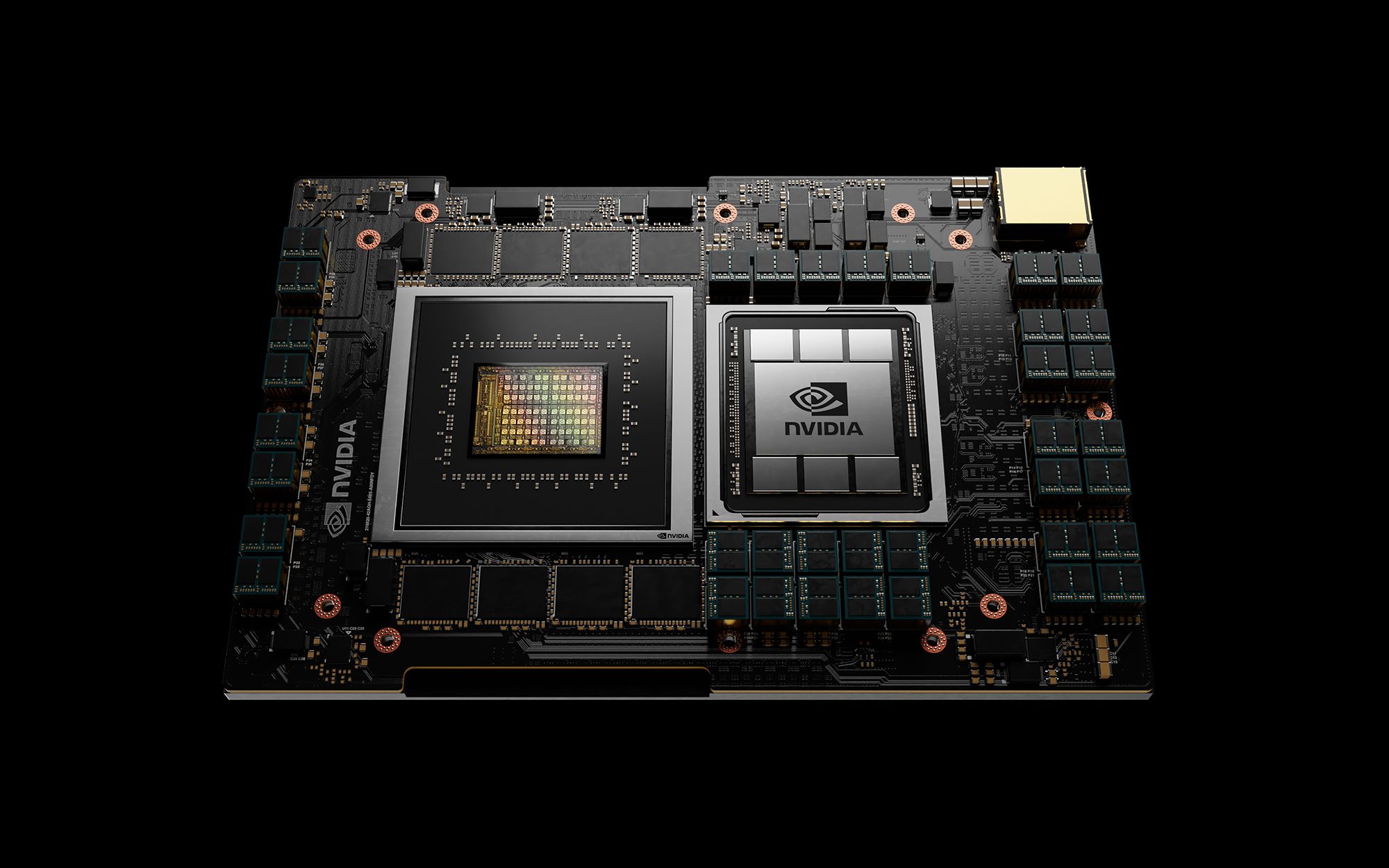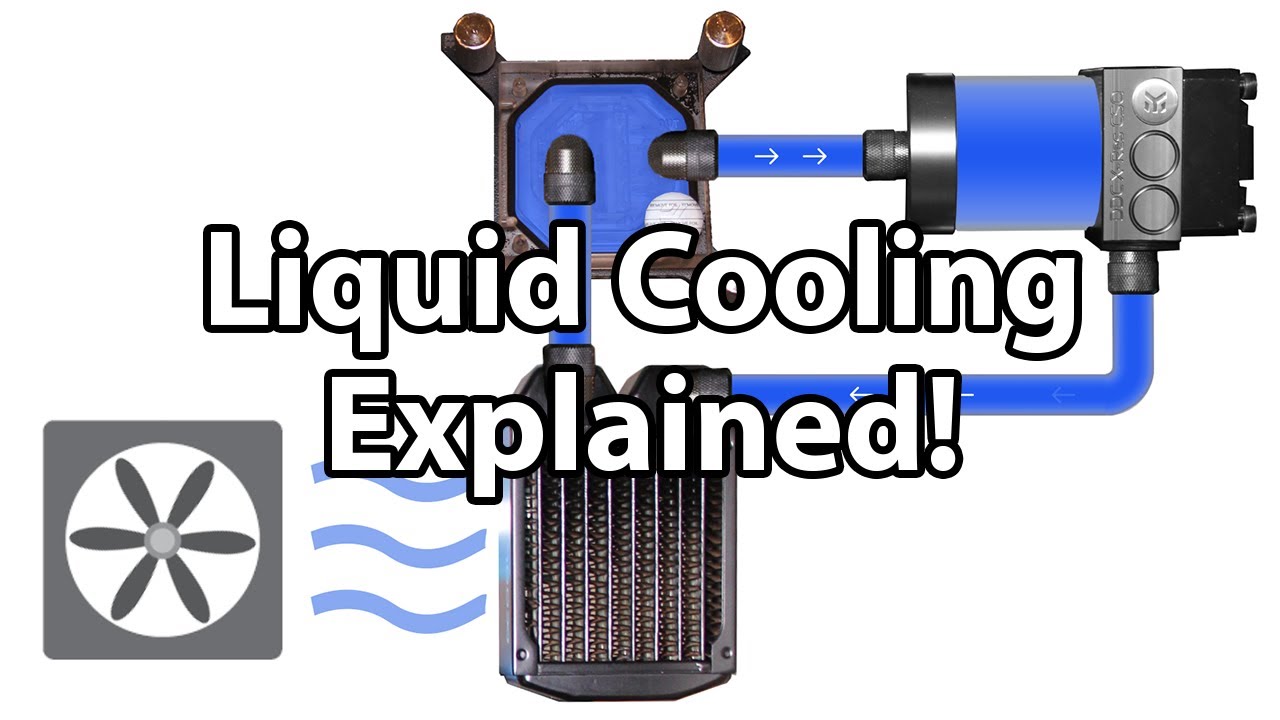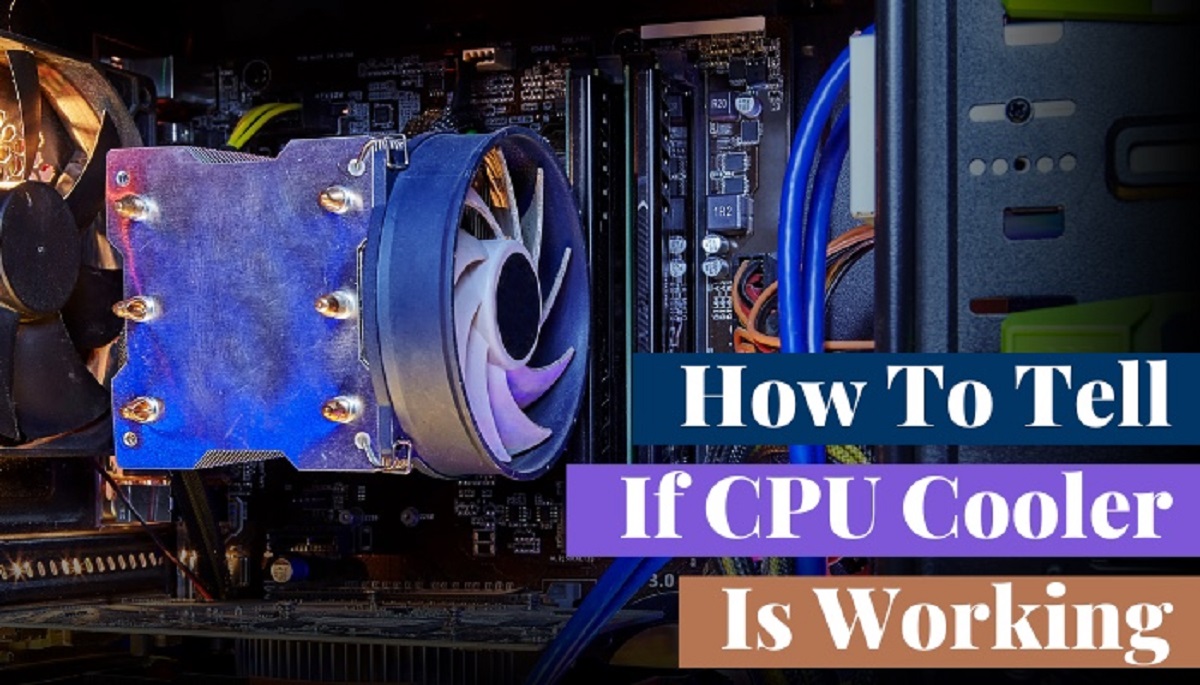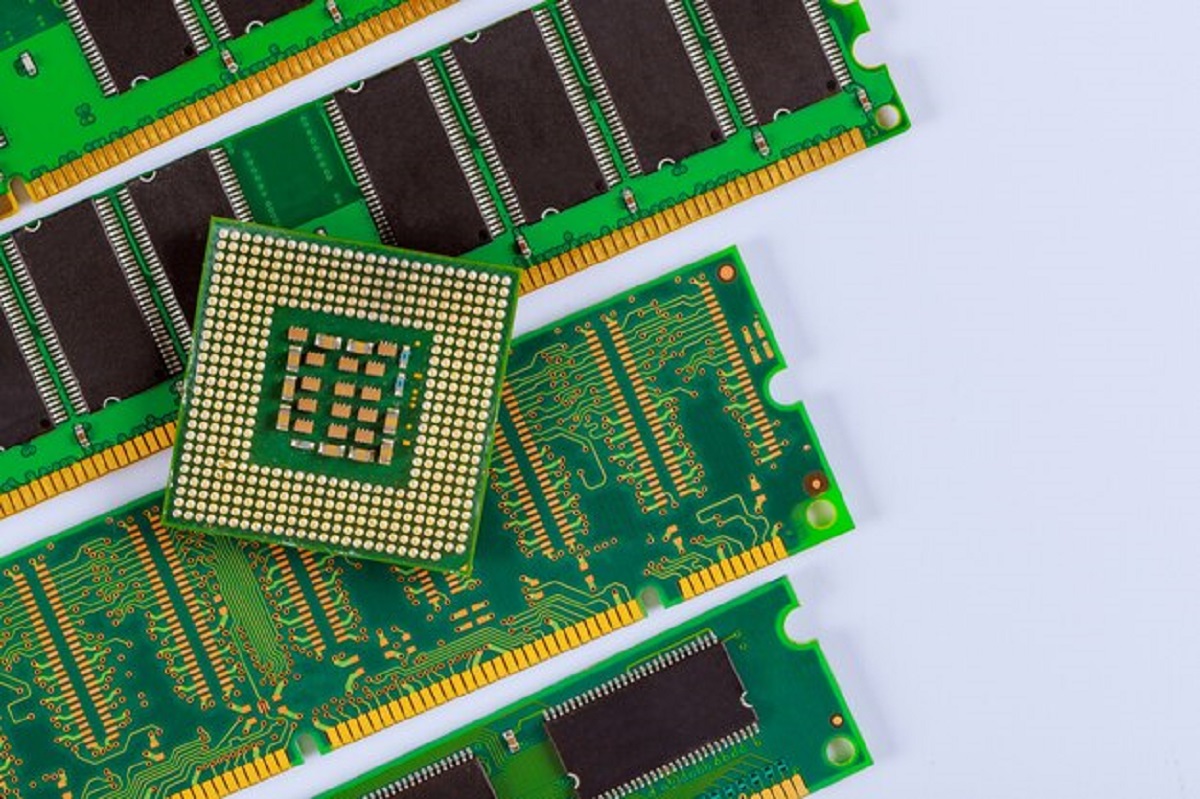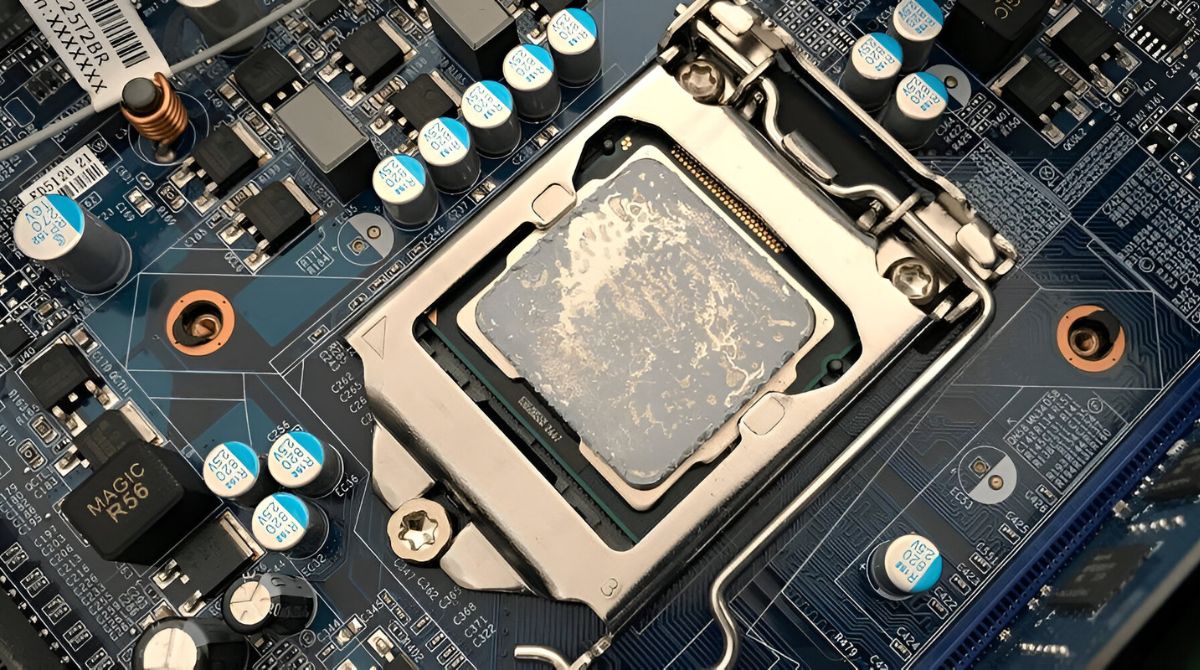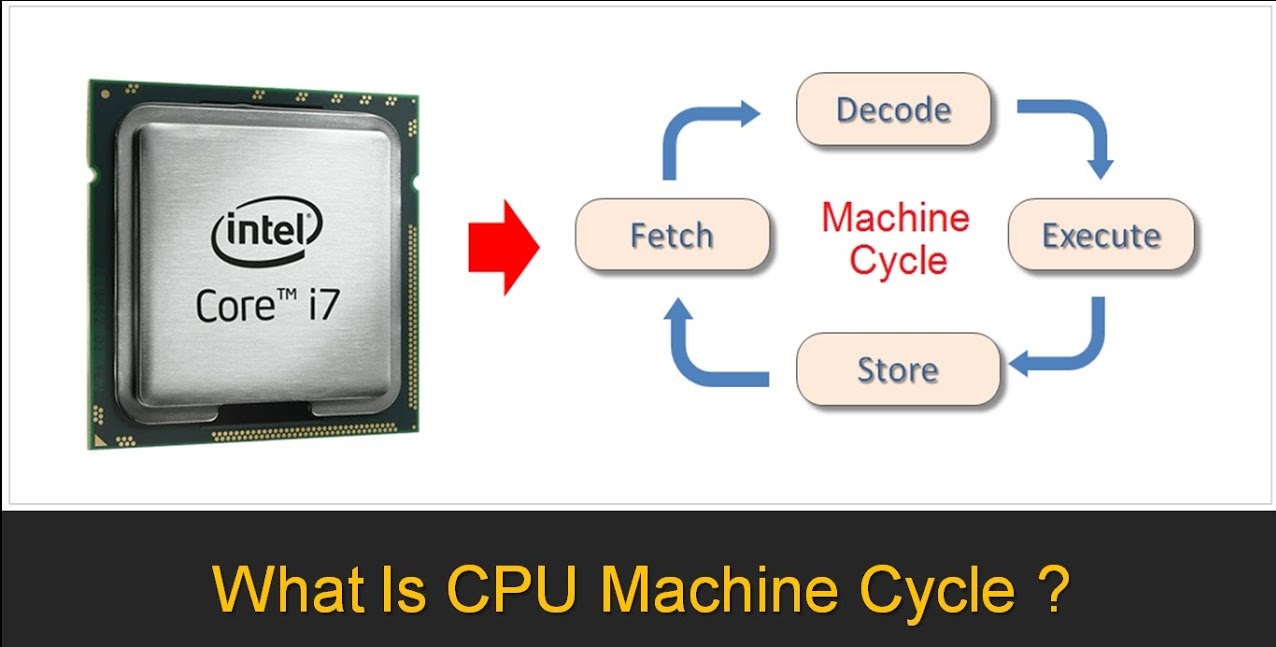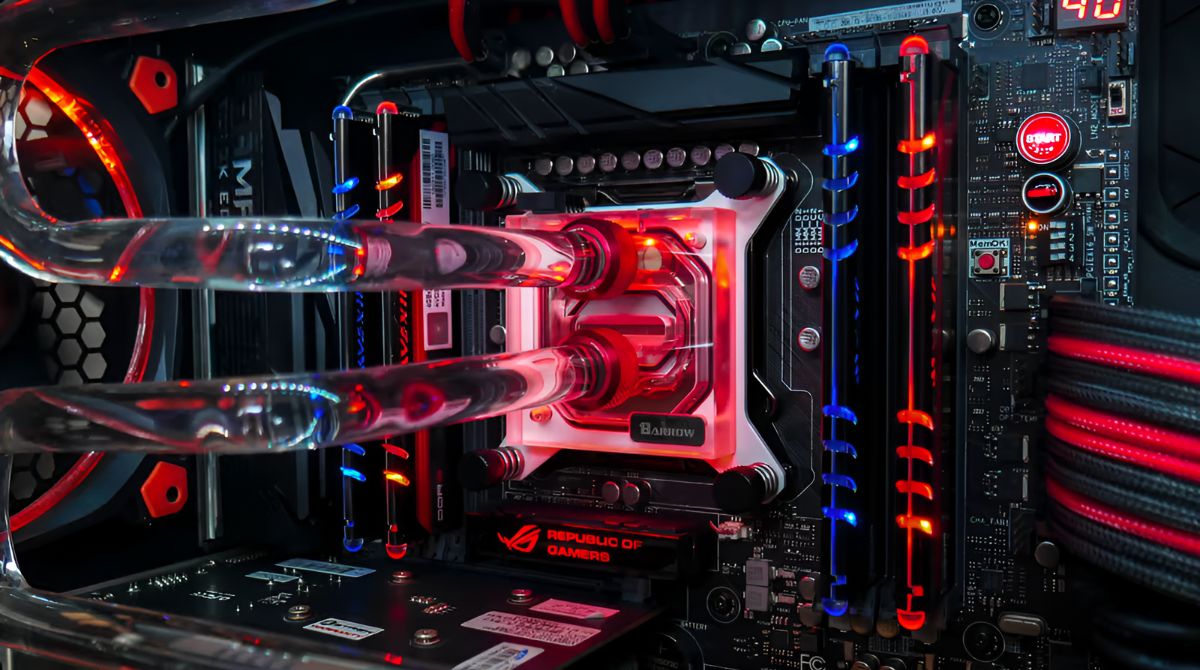Introduction
The Central Processing Unit (CPU) is the brain of a computer system, responsible for executing instructions and performing calculations. It is an essential component that determines the speed and performance of a computer.
Understanding how a CPU works is crucial for anyone interested in computers or technology. Whether you’re a computer science student, a software developer, or simply an enthusiast, knowing the basics of CPU functionality can help you make informed decisions when purchasing or optimizing your computer system.
In this article, we’ll explore the inner workings of a CPU and delve into the fascinating world of binary code execution. We’ll discuss the various components that make up a CPU, the roles they play, and how they work together to execute instructions. By the end of this article, you’ll have a solid understanding of how CPUs operate and the essential role they play in powering our modern digital world.
So, let’s dive in and unravel the mysteries of the CPU!
What is a CPU?
A CPU, or Central Processing Unit, is the primary component of a computer system that carries out instructions and performs calculations. It is often referred to as the “brain” of the computer, as it controls and coordinates the various operations of the system.
The CPU is responsible for executing instructions stored in the computer’s memory. These instructions are represented in the form of binary code, which consists of ones and zeros. The CPU’s job is to interpret these binary instructions and perform the necessary actions.
The CPU is made up of several key components that work together to process instructions. These components include the Control Unit, the Arithmetic Logic Unit (ALU), registers, and memory.
The Control Unit acts as the “traffic coordinator” of the CPU, determining the order in which instructions are executed and managing the flow of data across different components. It fetches instructions from memory and sends signals to the appropriate parts of the CPU to carry out the required operations.
The ALU is responsible for performing arithmetic and logical operations, such as addition, subtraction, comparison, and logical operations like AND, OR, and NOT. It takes input from registers and performs calculations according to the instructions received from the Control Unit.
Registers are small, high-speed memory storage units within the CPU that hold data temporarily during processing. They allow for faster access to data and instructions, speeding up the execution of instructions.
Memory refers to the storage area where instructions and data are stored. It can include both the computer’s main memory, such as RAM, and secondary storage devices like hard drives or solid-state drives. The CPU interacts with memory to fetch instructions, store intermediate results, and retrieve data needed for processing.
Overall, the CPU plays a crucial role in the functioning of a computer system by executing instructions and performing calculations. It is the heart of the computer and determines its processing power and performance.
Components of a CPU
A CPU, or Central Processing Unit, consists of several essential components that work together to execute instructions and perform calculations. These components include the Control Unit, the Arithmetic Logic Unit (ALU), registers, and memory.
The Control Unit serves as the brain of the CPU, overseeing the execution of instructions. It coordinates the flow of data and signals within the CPU, fetching instructions from memory and sending control signals to other components. The Control Unit ensures that instructions are executed in the proper order and manages the transfer of data between different parts of the CPU.
The Arithmetic Logic Unit (ALU) is responsible for performing mathematical operations and logical operations. It can perform tasks such as addition, subtraction, multiplication, division, comparison, and bitwise operations. The ALU takes input from registers and carries out computations according to the instructions given by the Control Unit.
Registers are small, high-speed storage units within the CPU that hold data temporarily during processing. They store information needed for immediate calculations, such as operands, intermediate results, and memory addresses. Registers enable faster access to data and reduce the need for frequent access to external memory, enhancing the overall speed and efficiency of the CPU.
Memory is a critical component of the CPU, responsible for storing instructions and data. The CPU interacts with memory to fetch instructions, store intermediate results, and retrieve data needed for processing. Memory can include both the computer’s main memory, such as Random Access Memory (RAM), and secondary storage devices like hard drives or solid-state drives. The size and speed of the memory can significantly impact the performance of the CPU.
In addition to these primary components, modern CPUs often include caches, which are small, high-speed memory units that store frequently accessed data and instructions. Caches allow for faster retrieval of data, reducing the need to access the slower main memory. Caches play a crucial role in improving the overall performance of the CPU.
Overall, the components of a CPU work together harmoniously to execute instructions and perform calculations. The Control Unit coordinates the overall operations, while the ALU carries out mathematical and logical operations. Registers store temporary data, and memory provides the storage for instructions and data. Together, these components ensure the efficient functioning of the CPU and contribute to the performance of the computer system as a whole.
Control Unit
The Control Unit is a vital component of a CPU, responsible for managing and coordinating the execution of instructions. It acts as the “traffic coordinator” of the CPU, ensuring that instructions are executed in the proper sequence and that data flows smoothly between different components.
The Control Unit fetches instructions from memory and decodes them into a format that the CPU can understand. It determines the type of operation to be performed and the locations of data needed for the operation. It then sends signals to the appropriate parts of the CPU to carry out these operations.
One of the key functions of the Control Unit is to maintain the order in which instructions are executed. It ensures that instructions are fetched and executed in the correct sequence, following the flow of the program. This sequential execution is essential for the proper functioning of the computer system and the desired output.
In addition to managing the order of instructions, the Control Unit also manages the transfer of data within the CPU. It facilitates the movement of data between registers, the ALU, and memory. This data movement is necessary for performing calculations, storing intermediate results, and retrieving data needed for processing.
The Control Unit also contains a program counter (PC), which keeps track of the memory address of the next instruction to be fetched. After each instruction is fetched and executed, the PC is updated to point to the next instruction in the sequence. This allows for the continuous execution of instructions and the proper flow of the program.
Moreover, the Control Unit is responsible for handling different types of instructions, including arithmetic operations, logical operations, memory operations, and control flow instructions. It ensures that each instruction is executed correctly and that the appropriate actions are taken based on the instruction’s opcode.
Overall, the Control Unit plays a vital role in the operation of a CPU. It manages the flow of instructions and data within the CPU, ensuring the proper execution of instructions and the overall functioning of the computer system.
Arithmetic Logic Unit (ALU)
The Arithmetic Logic Unit (ALU) is a crucial component of a CPU responsible for performing arithmetic and logical operations. It is the part of the CPU that carries out calculations and processes numerical and logical data.
The primary function of the ALU is to perform basic arithmetic operations such as addition, subtraction, multiplication, and division. It takes input from registers, which hold the operands or values to be operated on, and carries out the specified arithmetic operation based on the instructions received from the Control Unit.
In addition to arithmetic operations, the ALU also handles logical operations. It can perform tasks such as logical AND, logical OR, logical NOT, and bitwise operations. These operations are essential for manipulating and comparing binary data, performing logical calculations, and making decisions within the CPU.
The ALU operates on binary data, which means that all calculations are performed using binary numbers consisting of ones and zeros. Binary representation allows the ALU to process data efficiently and perform operations at a high speed.
The ALU consists of circuits and logic gates that carry out the arithmetic and logical operations. It uses these circuits to perform binary addition, subtraction, and other operations. The design and architecture of the ALU can vary depending on the specific CPU and its capabilities.
Modern CPUs often have ALUs with multiple functional units, allowing for the simultaneous execution of multiple operations. This enables the CPU to carry out instructions quickly and efficiently, enhancing its overall performance.
Furthermore, the ALU can handle data of different sizes, such as 8-bit, 16-bit, 32-bit, or 64-bit data. The size of the ALU determines the maximum number of bits that can be processed in a single operation. CPUs with larger ALUs can handle larger data sets and perform more complex calculations.
In summary, the Arithmetic Logic Unit (ALU) is responsible for performing arithmetic and logical operations in a CPU. It carries out basic arithmetic calculations like addition and subtraction and handles logical operations such as AND, OR, and NOT. The ALU’s efficient processing of binary data plays a crucial role in the overall performance and capabilities of the CPU.
Registers
Registers are small, high-speed memory storage units within a CPU that hold data temporarily during processing. They play a crucial role in the efficient execution of instructions and the overall performance of the computer system.
Registers are used to store various types of data, including operands, intermediate results, memory addresses, and control signals. They provide quick access to data needed for immediate calculations, reducing the need for frequent access to slower external memory.
One of the main types of registers is the general-purpose registers. These registers are used to store operands and intermediate results during arithmetic and logical operations. They are usually a part of the ALU and can hold data of different sizes, such as 8-bit, 16-bit, or 32-bit.
Special-purpose registers serve specific functions within the CPU. For example, the program counter (PC) is a special-purpose register that holds the memory address of the next instruction to be fetched. The instruction register (IR) stores the current instruction being executed, and the memory address register (MAR) holds the address of the memory location being accessed.
Another essential type of register is the stack pointer (SP), used to keep track of the top of the stack in the computer’s memory. The stack is a region of memory used for temporary storage during function calls, parameter passing, and local variable allocation. The stack pointer ensures the proper management of the stack and facilitates the retrieval and storage of data.
The number of registers in a CPU varies depending on the architecture and design of the CPU. CPUs with more registers can store and process more data simultaneously, resulting in improved performance. Registers are typically faster than main memory, allowing for faster access to data and reducing bottlenecks in processing.
Registers are typically built using high-speed flip-flops or other storage elements to hold the data. They are located close to the CPU’s functional units to minimize the time required for data transfer.
Overall, registers play a crucial role in the operation of a CPU. They provide temporary storage for data and facilitate efficient processing and execution of instructions. The use of registers allows for faster access to data and enhances the overall performance and responsiveness of the computer system.
Memory
Memory is a fundamental component of a computer system and plays an integral role in the storage and retrieval of instructions and data. It allows the CPU to access and manipulate information, enabling the execution of programs and the functioning of the computer system as a whole.
There are different types of memory in a computer system, including the computer’s main memory (RAM), cache memory, and secondary storage devices such as hard drives or solid-state drives (SSDs).
Main memory, also known as Random Access Memory (RAM), is a volatile form of memory that stores data and instructions that the CPU needs to access quickly. It provides fast read and write access, allowing the CPU to retrieve and store data during program execution. RAM is temporary storage, meaning that its contents are lost when the computer is powered off or restarted.
Cache memory is a high-speed memory that is closer to the CPU than main memory. It stores frequently accessed instructions and data, providing faster access times compared to main memory. Cache memory works on the principle of locality, which suggests that data and instructions accessing patterns tend to be clustered in time and space. This allows the CPU to retrieve data quickly without having to access main memory, improving overall system performance.
Secondary storage devices, such as hard drives or solid-state drives, provide non-volatile storage for long-term data storage. These devices have much larger storage capacity than main memory but typically have slower access times. Data is stored on secondary storage devices in a more permanent manner and is retained even when the computer is powered off.
Memory is organized into smaller units called memory cells or bytes, with each byte typically consisting of eight bits. Each memory cell has a unique address, allowing the CPU to retrieve or store data at specific memory locations.
The speed and capacity of memory significantly impact the performance of the CPU and the overall responsiveness of the computer system. Larger memory capacities allow for the handling of more significant amounts of data and the execution of more significant programs. Meanwhile, faster memory access times reduce the time it takes for the CPU to retrieve or store data, reducing potential bottlenecks in processing.
In summary, memory is a crucial component of a computer system, enabling the storage and retrieval of instructions and data. Main memory (RAM) provides fast, temporary storage for data needed during program execution, while cache memory offers even faster access times. Secondary storage devices provide non-volatile storage for long-term data retention. The size and speed of memory greatly impact the performance and capabilities of the CPU, contributing to the overall efficiency of the computer system.
Fetch-Decode-Execute Cycle
The Fetch-Decode-Execute cycle is a fundamental process that CPUs follow to execute instructions. It consists of three main steps: Fetch, Decode, and Execute. This cycle allows the CPU to fetch instructions from memory, interpret them, and carry out the necessary operations.
In the Fetch stage, the Control Unit fetches the next instruction from memory. It uses the Program Counter (PC) to determine the memory address of the next instruction. The instruction is then loaded into the Instruction Register (IR) for further processing.
Once the instruction is fetched, the CPU moves to the Decode stage. Here, the Control Unit decodes the instruction to determine its type and the operands or data it requires. The instruction is analyzed, and the necessary control signals are generated to prepare for execution.
After the instruction is decoded, the CPU proceeds to the Execute stage. This is where the actual operation specified by the instruction is carried out. The Arithmetic Logic Unit (ALU), in coordination with the Control Unit, performs calculations or logical operations based on the instruction and the data stored in registers.
During the Execute stage, additional actions may be taken depending on the instruction. This can include accessing memory to fetch additional data or storing results back into memory or registers.
Once the execution of the current instruction is completed, the CPU moves back to the Fetch stage to retrieve the next instruction. The Program Counter is incremented to point to the next memory address, and the process repeats, fetching and executing instructions in sequence.
The Fetch-Decode-Execute cycle continues until all instructions have been processed, or a specific termination condition is met.
It is important to note that modern CPUs often employ techniques to optimize the Fetch-Decode-Execute cycle. For example, pipelining allows for the parallel execution of multiple instructions at different stages of the cycle. This improves the overall efficiency and throughput of instruction processing.
The Fetch-Decode-Execute cycle is the backbone of instruction execution in a CPU. It ensures that instructions are correctly fetched, decoded, and executed in the proper sequence. By following this cycle, CPUs can efficiently process instructions and carry out the desired operations.
How Binary Code is Executed
Binary code is the language that computers understand, consisting of sequences of ones and zeros. The execution of binary code is a fundamental process in a CPU, allowing it to carry out instructions and perform calculations.
When the CPU receives an instruction, it follows a series of steps to execute it. The instruction is encoded as a binary pattern and consists of an opcode that specifies the operation to be performed and operands that provide the necessary data for the operation.
The first step in executing binary code is the Fetch stage. The CPU fetches the next instruction from memory using the Program Counter (PC) to determine the memory address. The instruction is loaded into the Instruction Register (IR).
Next, the Decode stage takes place. The Control Unit decodes the instruction by examining the opcode to determine the specific operation to be carried out. It also decodes the operands to identify the data needed for the operation.
Once the instruction is decoded, the CPU proceeds to the Execute stage. The appropriate control signals are generated, and the necessary data is fetched from registers or memory. The Arithmetic Logic Unit (ALU) performs the specified operation, such as addition, subtraction, or logical operations, based on the instruction and the data provided.
After the execution of the instruction is completed, the CPU may need to store the result back into memory or registers, depending on the instruction. The result may be used in subsequent instructions or stored for further processing.
This process of fetching, decoding, and executing instructions continues, with the CPU moving on to the next instruction in the sequence. Each instruction is executed one after another until all instructions have been processed or a specific termination condition is met.
It is important to note that the CPU’s ability to execute binary code relies on the underlying architecture and design of the CPU. Different CPUs may have varying instruction sets and support different operations.
Additionally, compilers and programming languages provide a higher-level interface that allows programmers to write instructions in a more human-readable format. These instructions are then translated into binary code that can be executed by the CPU.
In summary, the execution of binary code is a vital process in a CPU. The CPU retrieves instructions, decodes them to determine the operation and operands, and executes the instructions using the appropriate control signals and data. This cycle repeats until all instructions have been processed, enabling the CPU to perform the desired calculations and operations.
Conclusion
Understanding how a CPU works is essential for anyone interested in computers and technology. The CPU, often referred to as the brain of a computer system, executes instructions and performs calculations that power our digital world.
In this article, we have explored the components of a CPU, including the Control Unit, ALU, registers, and memory. We have learned how the Control Unit manages the execution of instructions and the flow of data within the CPU. The ALU performs arithmetic and logical operations, while registers provide temporary storage for data during processing. Memory allows for the storage and retrieval of instructions and data, while the Fetch-Decode-Execute cycle ensures the proper execution of binary code.
Through the execution of binary code, CPUs carry out instructions and perform calculations based on sequences of ones and zeros. By following the Fetch-Decode-Execute cycle, CPUs fetch instructions, decode them, and execute the necessary operations. This process allows computers to carry out a wide range of tasks, from simple calculations to complex computations.
As technology advances, CPUs continue to evolve, with innovations in architecture and design improving their performance and capabilities. By understanding the fundamentals of CPU functionality, individuals can make informed decisions when selecting or optimizing their computer systems, ensuring they get the best performance for their needs.
In conclusion, the CPU is the core component that powers our digital world, executing instructions and performing calculations. By understanding the components of a CPU and the process of executing binary code, individuals can gain a deeper appreciation for the inner workings of computers and make informed choices in the ever-advancing world of technology.







